How Sir Malcolm Campbell's Bluebird yacht has been restored and reinvigorated for its 90th anniversary
Bluebird of Chelsea is no ordinary motor yacht. Built for record-breaker Sir Malcolm Campbell and requisitioned for Dunkirk, her story is one of survival against the odds. In her 90th year, her interiors have been given a new lease of life, finds Arabella Youens.
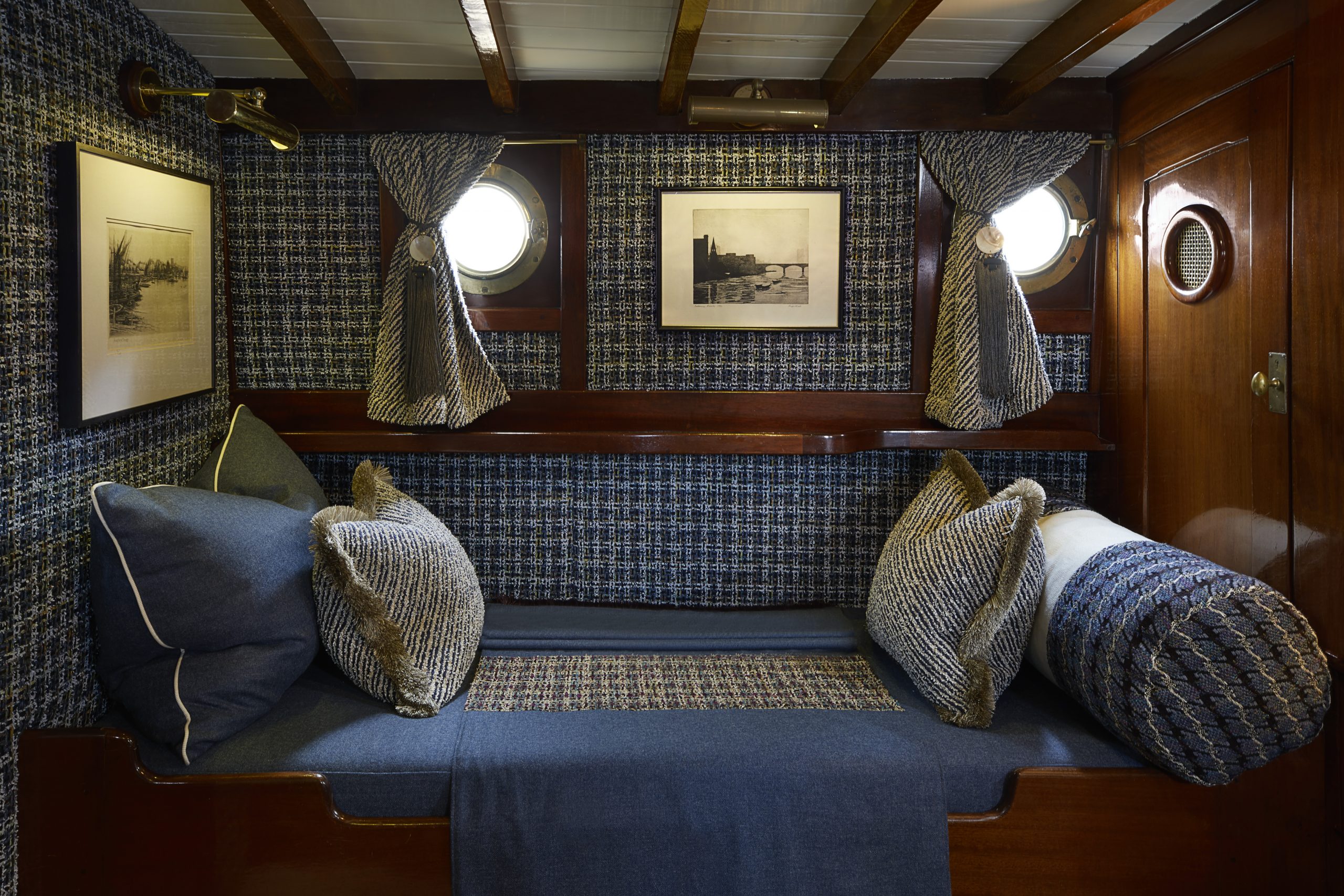

Walking along the Chelsea Embankment in 1983, admiring the colourful array of vessels bobbing off Cadogan Pier, art dealer Martin Summers was asked by his young daughter the inimitable question: ‘Daddy, why don’t we have a boat?’ It sparked an idea.
Having discussed some options with his friend Scott Beadle, an artist and experienced mariner, Mr Summers began to scan through magazines advertising boats for sale until one caught his eye. Moored deep in the Camargue and in a state of considerable disrepair, she nevertheless had arresting lines. Better still, she had been built for the British speed-record breaker Sir Malcolm Campbell and, at £12,500, appeared to be cheap.
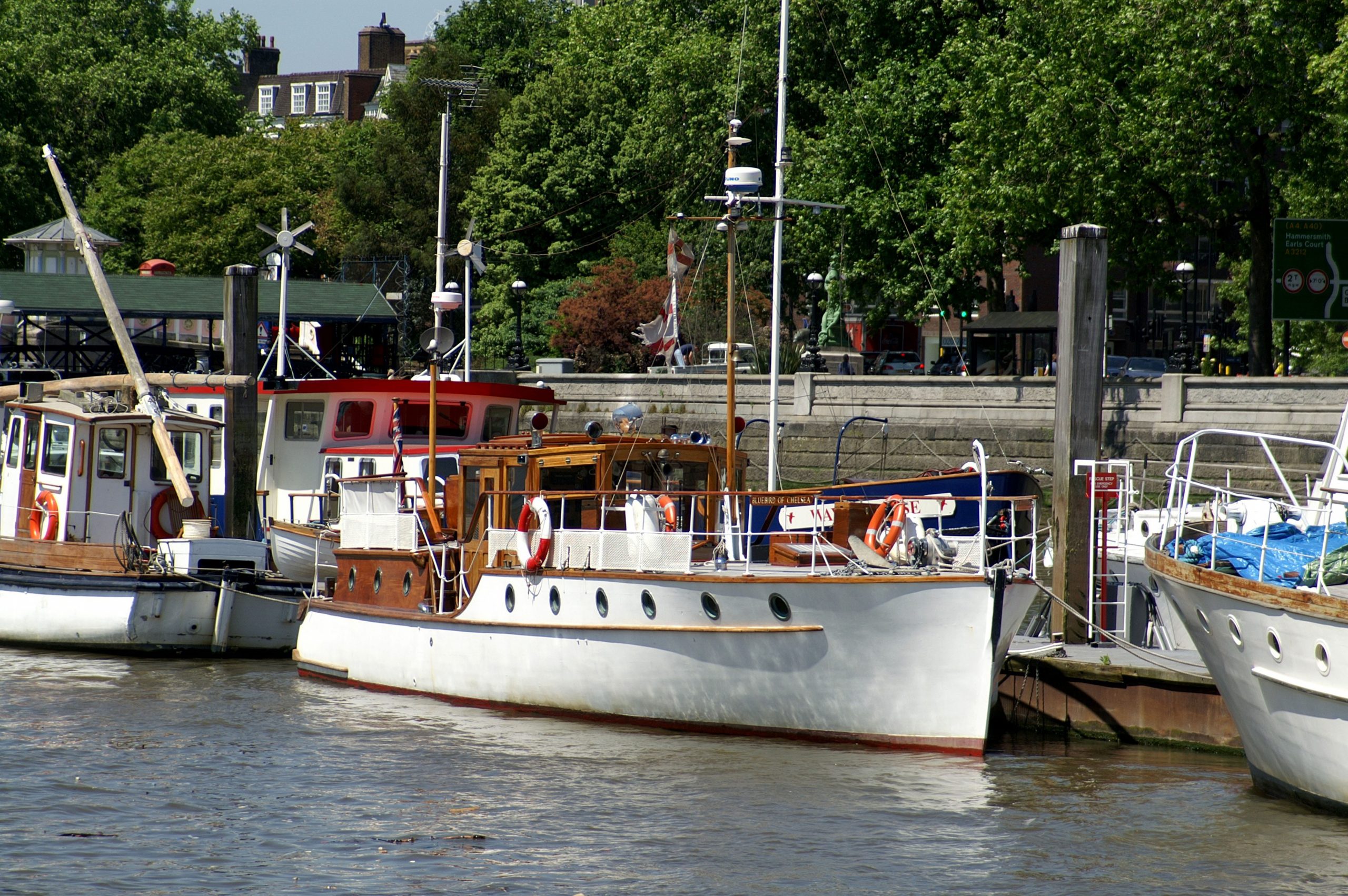
The pair ventured to the port of Le Grau du Roi in the Gard, where another chapter in her history was revealed: the American vendor thought the boat might have been involved in the evacuation of Dunkirk. Bearing a new name and in a shabby condition — no one had stepped aboard for more than a year — she was, nevertheless, Campbell’s Bluebird of Chelsea.
Her story began in 1931, when Campbell arrived back in Southampton Docks from New York on the Queen Elizabeth. He was met by a special train called Bluebird to take him to London to receive his knighthood from George V, in honour of the new land speed high of 231.4mph at Daytona, Florida, he had set in February.
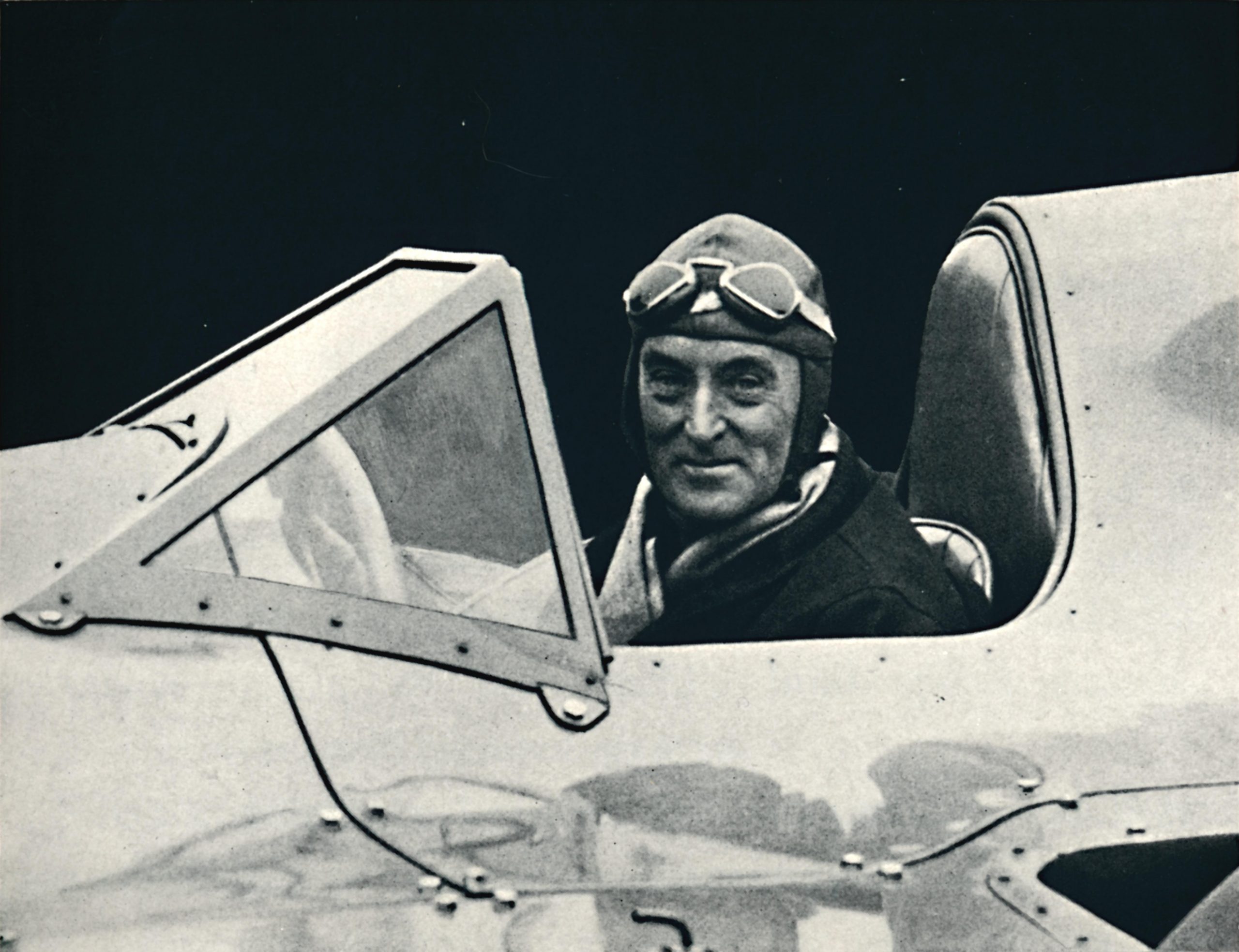
Looking for a way to mark his success, he approached Thornycroft of Hampton-on-Thames, leading designers of gentlemen’s pleasure cruisers, and commissioned a twin-engine motor yacht. She was christened Bluebird, a name taken from Maeterlinck’s play L’Oiseau Bleu — and the name given (in one form or another) to all Campbell's record-breaking cars and boats, as well as the three successive yachts he owned.
After two years, Campbell became concerned that the petrol engines he’d installed were unsafe and decided to sell.
Bluebird changed hands a few times before the outbreak of the Second World War, when she was moored at Ramsgate in Kent. During Operation Dynamo — the name given to the Royal Navy’s evacuation of Allied soldiers from Dunkirk — she joined the fleet of 700 so-called ‘little ships’ that rescued 331,000 troops from the coast of northern France.
Sign up for the Country Life Newsletter
Exquisite houses, the beauty of Nature, and how to get the most from your life, straight to your inbox.
‘They needed boats with a shallow draft to get the troops from the beaches to the troop ships,’ explains Mr Summers, who was managing director of the Lefevre Gallery for 35 years and now lives in Morocco. ‘Bluebird, with a draft of 4ft, was ideal.’
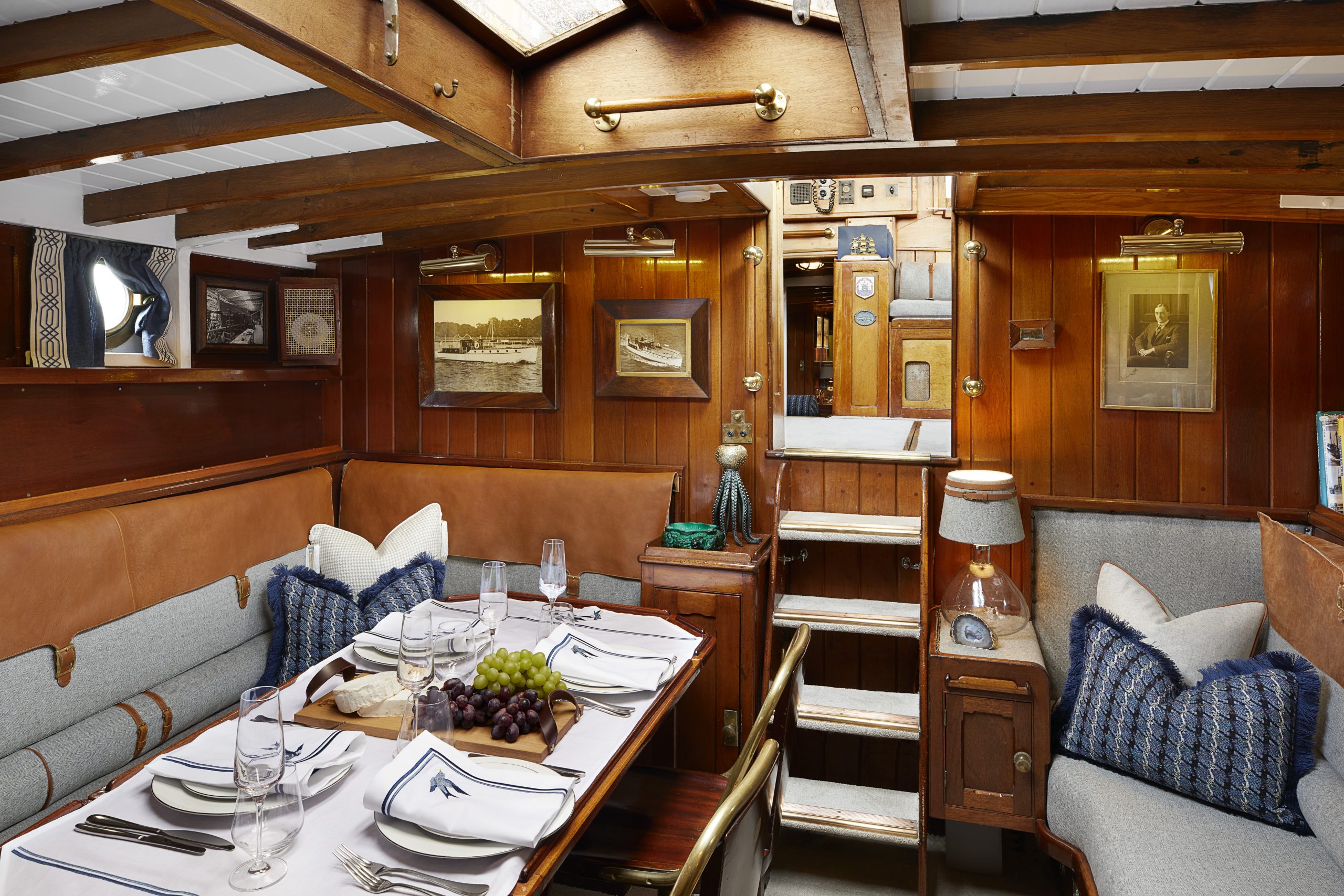
After making between 10 and 15 sorties, disaster struck when a greatcoat in the water fouled the prop. Then, she was accidentally refuelled with water. Abandoned and drifting, Bluebird was picked up by a Dutch trawler and finally repatriated by the Royal Navy.
After the war, Bluebird was requisitioned by the naval college at Dartmouth but sank in 20ft of water when a gas cylinder exploded. ‘The powers that be at Dartmouth rightly thought that such a historic boat couldn’t be left at the bottom of the sea, so they fished her up, dusted her down and installed Perkins diesel engines,’ says Mr Summers.
When he brought her back to the UK from the Camargue, disaster struck again. In the Channel, within sight of land, the boat began to take on water. ‘It’s an expensive thing, sinking at sea,’ remarks Mr Summers. ‘Those who rescue you can, by the law of salvage, claim your boat. We panicked and sent out a may-day: “Dunkirk Little Ship”. The ploy worked and everyone freely came to our rescue.’
"The powers that be thought such a historic boat couldn’t be left at the bottom of the sea"
On her return, the yacht was rebuilt with a new wheelhouse, cabins and deck. With interior designer Gaynor Hill, Mr Summers redecorated the cabins with chintz walling and upholstered the salon seats and cushions in Peruvian shawls.
In her eclectic new garb, Bluebird took part in the 50th anniversary of Dunkirk in 1990 and, over 30 years, covered 80,000 nautical miles before being sold to her current owner, the Chelsea Yacht Club.
This year, for her 90th birthday, the club decided it was time to update her interiors — for the second time in 40 years. For member and interior designer Noor Charchafchi of Celine Interior Design, the project has not only seen Bluebird of Chelsea emerge with a fresh new look, but also precipitated the launch of her company’s second fabric collection.
‘At the start of the first lockdown of 2020, I was talking with my friend Carole Annett, an interiors journalist, about what we could do to support British mills, which were bound to face challenges during the pandemic,’ explains Mrs Charchafchi. ‘We decided to launch a new fabric firm, Smith & Noor.’
The first collection, Clotho, came out in late 2020 featuring iconic British fabrics, such as tweeds and worsted wools, all made in Britain.
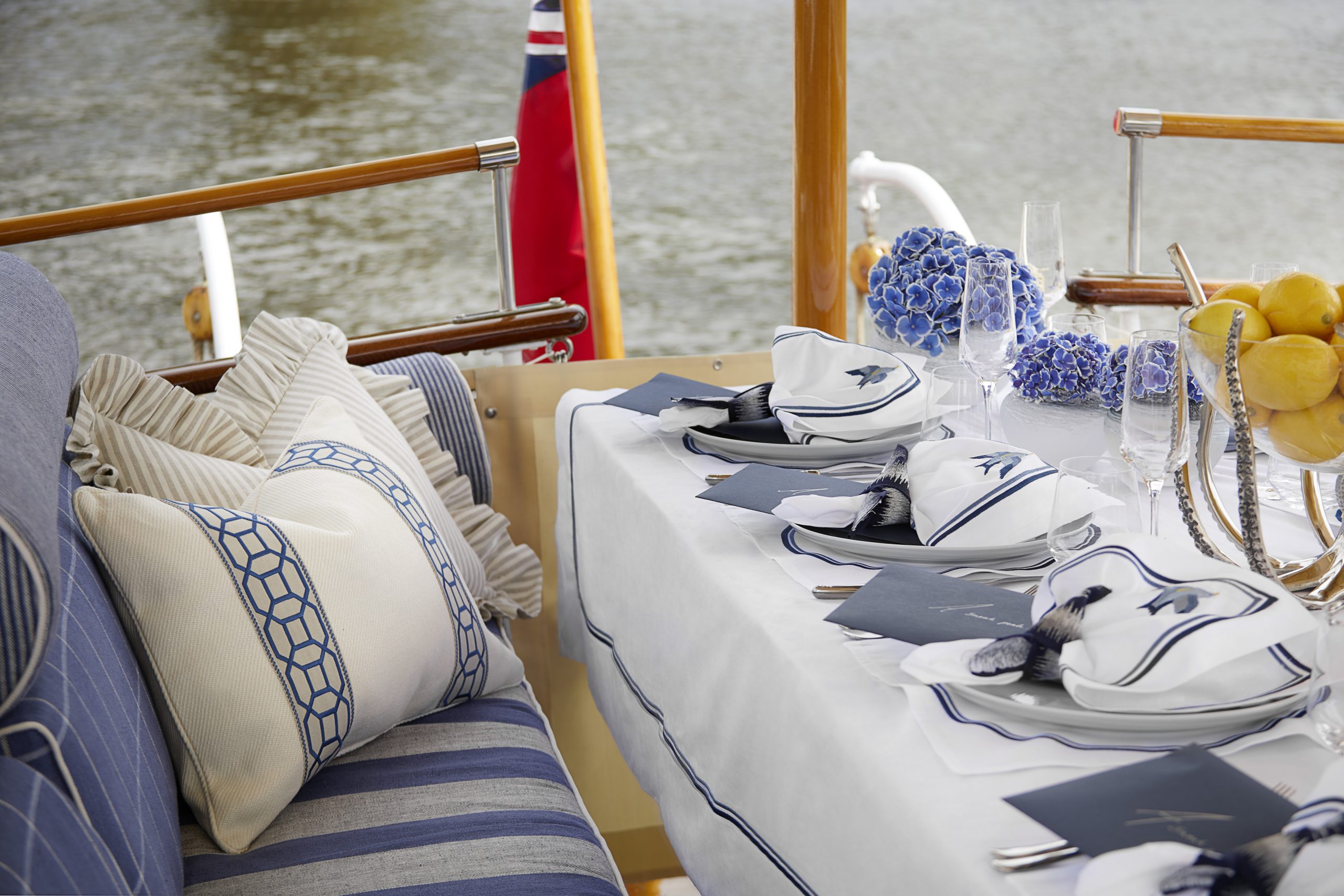
‘Smith & Noor is a real passion project,’ says Mrs Charchafchi. ‘We both love fabrics and wanted to shine a spotlight on what’s produced here. For hundreds of years, British mills have outperformed those elsewhere in terms of the quality of fabric. Few people realise that the most famous bouclé, used by Chanel since the 1920s, has been made at a British mill, now one of our suppliers.’
Bluebird retains the air of a gentleman’s club, but the team at Celine Interior Design has incorporated bouclés from the new Smith & Noor Bluebird collection, as well as other fabrics on cushions, bolsters, curtains and walls, to add layers of texture and elegance.
More skilled firms were employed for further details, including the family-run, Shropshire- based leatherworkers, Risdon & Risdon, which created overlays to the cushions, back-seats and bolsters with smart straps.
Furniture-makers Linley contributed, too, with a marquetry-embellished speaker by Ruark — a producer of high-end radios based in Essex. Leading Lancashire linen manufacturers Peter Reed created a linen collection, hand-embroidered with flocks of bluebirds.
‘At Celine Interior Design, we’ve been fortunate to have decorated lots of superyachts, but this is by far the most special project. There’s a fantastic link between the history of this boat and the depth of skills and knowledge in Britain,’ explains Mrs Charchafchi.‘We decided to pull out all the stops.’
For more information, see Celine Interior Design and Smith & Noor
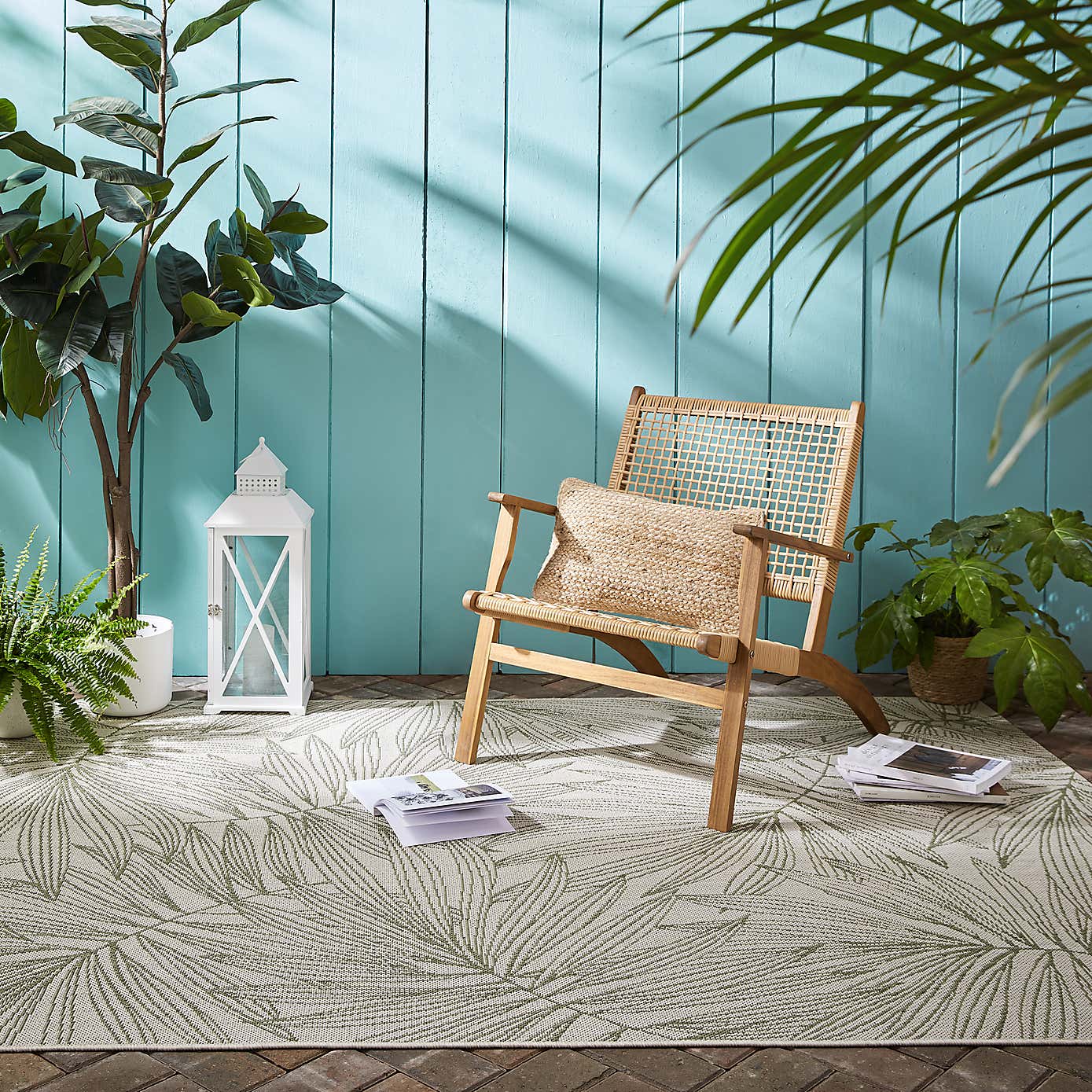
Credit: Dunelm
Best outdoor rugs, from geometric tiled-inspired prints to natural Jute, that will transform any outdoor space
Outdoor rugs are becoming ever-more popular, with many options coming in hard-wearing and affordable fabrics to help you soften and
-
 'Monolithic, multi-layered and quite, quite magnificent. This was love at first bite': Tom Parker Bowles on his lifelong love affair with lasagne
'Monolithic, multi-layered and quite, quite magnificent. This was love at first bite': Tom Parker Bowles on his lifelong love affair with lasagneAn upwardly mobile spaghetti Bolognese, lasagne al forno, with oozing béchamel and layered meaty magnificence, is a bona fide comfort classic, declares Tom Parker Bowles.
By Tom Parker Bowles
-
 Country houses, cream teas and Baywatch: Country Life Quiz of the Day, April 24, 2025
Country houses, cream teas and Baywatch: Country Life Quiz of the Day, April 24, 2025Thursday's Quiz of the Day asks exactly how popular Baywatch became.
By Toby Keel